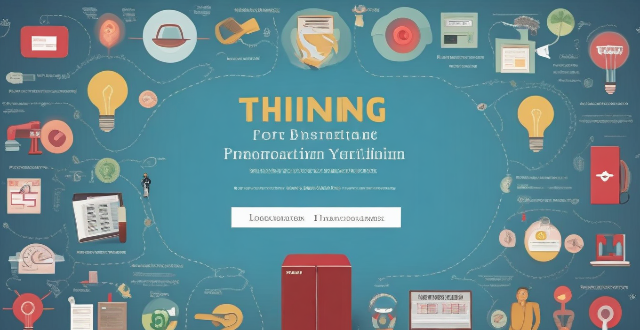Critical thinking is essential for effective problem-solving. Training in critical thinking can improve problem identification, decision making, communication skills, creativity and innovation, and reduce bias and prejudice. By incorporating critical thinking training into your personal or professional development plan, you can become a more effective problem-solver and make a positive impact in your life and the lives of others.

Introduction
Critical thinking is the ability to analyze and evaluate information in a clear, rational, and objective manner. It involves questioning assumptions, identifying biases, and considering multiple perspectives before making a decision or taking action. In this article, we will discuss how critical thinking training can help in problem-solving.
Benefits of Critical Thinking Training
Improved Problem Identification
Critical thinking training helps individuals identify problems more accurately by encouraging them to ask questions, gather information, and analyze data from various sources. This leads to a better understanding of the problem and its root causes, which is essential for effective problem-solving.
Enhanced Decision Making
Critical thinking training improves decision-making skills by teaching individuals how to evaluate different options, weigh pros and cons, and make informed decisions based on evidence and logic. This reduces the likelihood of making impulsive or emotional decisions that may lead to negative outcomes.
Better Communication Skills
Critical thinking training enhances communication skills by teaching individuals how to express their thoughts clearly, listen actively, and engage in constructive dialogue with others. This fosters collaboration and teamwork, which are crucial for successful problem-solving.
Increased Creativity and Innovation
Critical thinking training encourages individuals to think outside the box, challenge conventional wisdom, and explore new ideas. This fosters creativity and innovation, which are essential for finding unique solutions to complex problems.
Reduced Bias and Prejudice
Critical thinking training helps individuals recognize and overcome their biases and prejudices by promoting open-mindedness, empathy, and respect for diverse perspectives. This reduces the risk of making unfair or discriminatory decisions that may exacerbate problems rather than solve them.
How Critical Thinking Training Can Help in Problem-Solving
Now that we have discussed the benefits of critical thinking training, let's explore how it can help in problem-solving:
Step 1: Identify the Problem
The first step in problem-solving is to identify the problem accurately. Critical thinking training helps individuals ask questions, gather information, and analyze data from various sources to gain a deeper understanding of the problem and its root causes. This ensures that the problem is defined correctly, which is essential for finding an effective solution.
Step 2: Generate Solutions
Once the problem has been identified, the next step is to generate potential solutions. Critical thinking training encourages individuals to think creatively and explore multiple options before settling on a single solution. This increases the likelihood of finding a unique and effective solution that addresses the problem's root causes.
Step 3: Evaluate Solutions
After generating potential solutions, the next step is to evaluate them based on their feasibility, effectiveness, and potential consequences. Critical thinking training teaches individuals how to weigh pros and cons, consider trade-offs, and make informed decisions based on evidence and logic. This ensures that the chosen solution is well-suited to the problem and minimizes the risk of unintended consequences.
Step 4: Implement the Solution
The final step in problem-solving is to implement the chosen solution. Critical thinking training enhances communication skills, fosters collaboration, and promotes teamwork, which are essential for successful implementation. By working together effectively, individuals can ensure that the solution is implemented smoothly and achieves the desired outcome.
Conclusion
In conclusion, critical thinking training plays a vital role in problem-solving by improving problem identification, enhancing decision-making skills, fostering communication and collaboration, increasing creativity and innovation, and reducing bias and prejudice. By incorporating critical thinking training into your personal or professional development plan, you can become a more effective problem-solver and make a positive impact in your life and the lives of others.